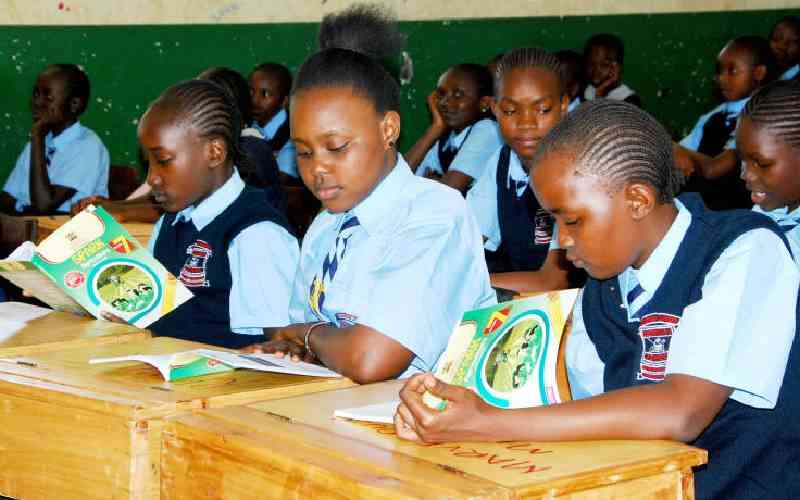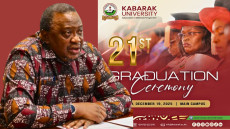- Providing access to education is a noble and necessary goal. But access alone is not enough.
- Free education is not a government-only responsibility; it’s a shared national mission.
When Kenya rolled out free Secondary education in 2008, it marked a turning point in the nation’s pursuit of inclusive development. The policy opened school gates to millions of students who would have otherwise remained locked out due to financial constraints.
Today, with over 90% of students transitioning from primary to secondary school, the progress is undeniable. But this expansion has not come without strain. Crowded classrooms, overworked teachers, and strained resources now threaten the very promise of the policy.
The big question looms: Can we sustain free secondary education without sacrificing quality?
The answer is yes, but only if we are willing to confront some uncomfortable truths and make bold, strategic investments.
Providing access to education is a noble and necessary goal. But access alone is not enough. A student crammed in a class of 70, sharing textbooks with three others, and taught by an overstretched teacher, is not truly being educated; they are merely being processed.
Read More
Sustaining free secondary education must mean more than just paying fees. It must involve ensuring that every child gets a meaningful learning experience.
This is where the focus must shift from quantity to quality, from merely enrolling students to equipping them.
Quality education begins with quality teachers. Unfortunately, while student numbers have ballooned, teacher recruitment has lagged. Many schools remain critically understaffed.
To fix this, the Teachers Service Commission (TSC) needs a dedicated funding stream specifically for hiring and training more teachers, not just numbers, but competent, well-supported professionals.
Incentivizing teachers to work in rural and underserved areas through housing, hardship allowances, and clear career growth paths can also improve retention and equity across regions.
Many schools today operate under severe infrastructural deficits. Dormitories built for 200 now house 500. Laboratories are non-functional or non-existent. Toilets and water systems are overstretched.
If we continue to expand enrollment without commensurate investment in infrastructure, we are setting up students to fail.
Public-private partnerships, can help bridge this gap. Corporates and philanthropic foundations can co-invest in building classrooms, ICT labs, and libraries, especially in marginalized counties.
The Constituency Development Fund (CDF) must also be monitored to ensure education funds are used transparently and effectively.
Sustainability is not just about more money. It’s also about better management. Leakages in the system due to mismanagement and corruption must be sealed.
Digitizing school capitation disbursements, automating procurement, and introducing performance audits can go a long way in ensuring every shilling counts.
Moreover, funds should be allocated based on need. For example, a school in Turkana with minimal infrastructure and high poverty levels should not receive the same per-student allocation as a better-equipped school in Nairobi. Equity must guide funding formulas.
Technology can also help bridge the quality gap. Blended learning models, where digital content supplements classroom teaching, can ease pressure on teachers and improve student engagement. But this requires investment in connectivity, electricity, and teacher training.
Parents, guardians, and local leaders must be brought on board. Even in a free system, community involvement, whether through volunteering, monitoring school development projects, or supporting school feeding programs, enhances accountability and ownership.
Free education is not a government-only responsibility; it’s a shared national mission.
Sustaining free secondary education without compromising quality is not only possible, it is essential. But it will not happen by accident. It will require political will, strategic investment, efficient management, and collective ownership.
We cannot afford to raise a generation of students who went to school but did not truly learn. If we get this right, we will not only transform lives, we will transform the future of Kenya.


-1766009103-md.jpeg)





-1766009103-sm.jpeg)



